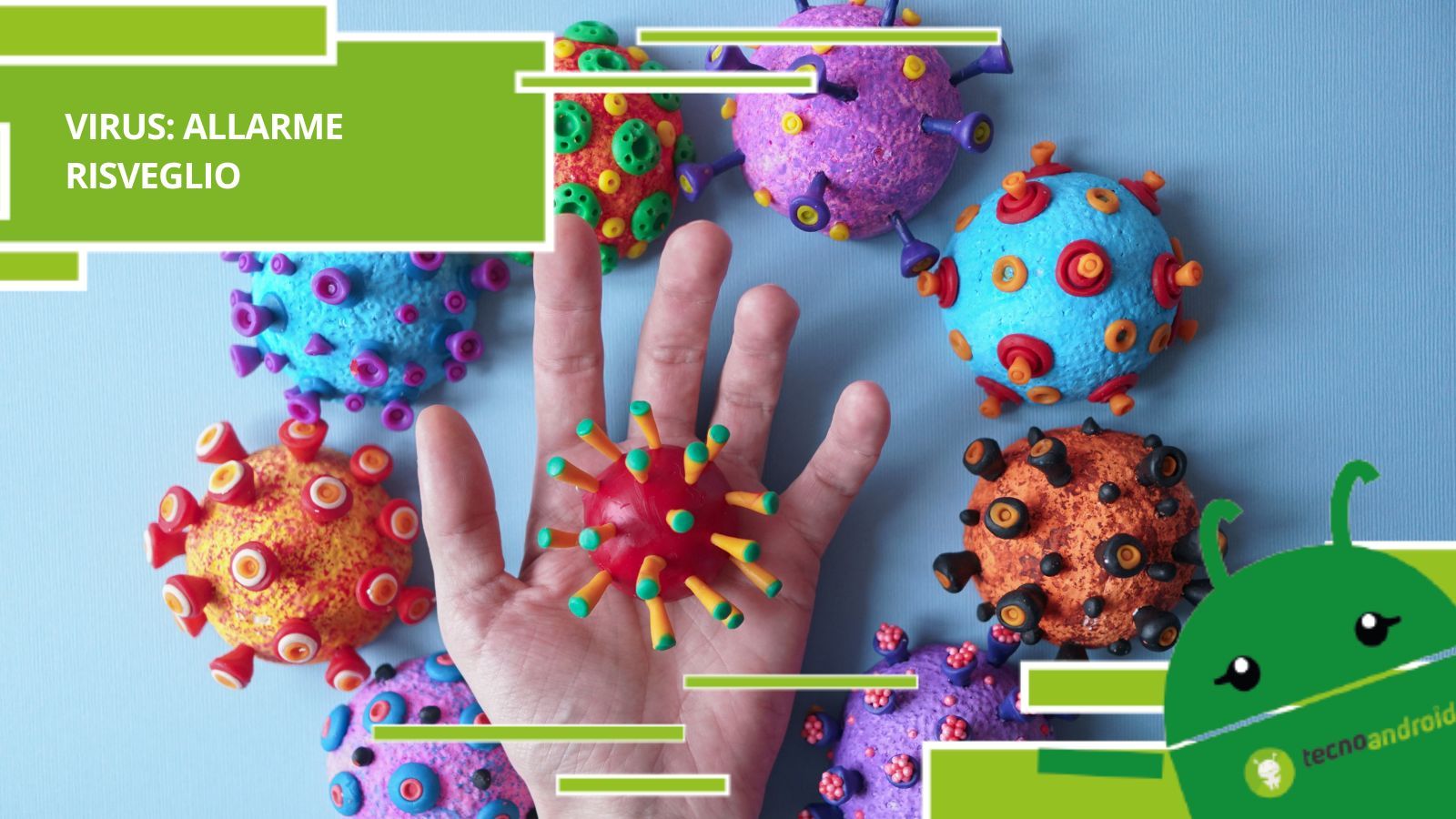In a context that seems taken from a science fiction film, scientists are facing a disturbing reality: the awakening of ancient viruses and bacteriaremained silent for thousands of years in the perennially frozen ground of the Arctic areas, the permafrost. This phenomenon is due to the global warmingwhich could thaw bacteria that were thought to be extinct.
Global warming: it’s a bacteria and virus alarm
This time travel of potentially dangerous microorganisms, capable of spreading new diseases, with consequences on human health and ecosystems, is one of the possible consequences of climate change. The research, published in the journal Plos Computational Biology and conducted by Giovanni Strona, of the Joint Research Center of the European Commission, indicates that it is awakening is enough by a very small percentage of potentially dangerous microorganisms to cause significant damage.
Strona’s group reproduced on the computer theevolution of ancient viruses that began to infect communities of bacteria, comparing the effects produced by particular species on others. The results indicate that, if reawakened, the aggressive ancient microorganisms could easily survive and evolve and, of these, 3% could become dominant.
An example of this “resurrection” is a female microscopic nematode who has spent the last 46,000 years frozen in the Siberian permafrost. He was revived and started having babies in a lab pod. This phenomenon, called cryptobiosisis a process whereby some microscopic creatures are able to put life on hold to survive in harsh environments, slowing their metabolism to undetectable levels.
These revivals of ancient organisms represent a significant risk to human health and for ecosystems. Scientists are working to better understand these phenomena and to develop strategies to mitigate potential risks.
